|

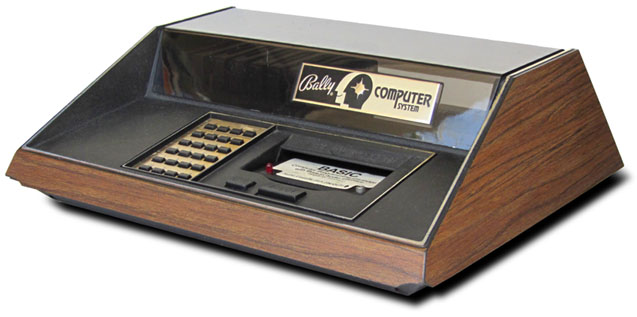
Bally has long history in the entertainment industry, from pinball machines and gambling in the 1930s, to the 1970s when they acquired Midway Manufacturing, an amusement game company which focused on arcade video games. Midway obtained the licenses for three of the most popular video games of all time: Space Invaders, Pac-Man, and Ms. Pac-Man, and Bally placed 60,000 coin-operated Space Invaders machines around the country.
At around the same time, Bally made an entry into the growing market for home computer games. In late 1977 they announced their Bally Home Library Computer - a home computer and game system created by their Midway Games division.
Bally decided that the only outlet for their system was to be "JS&A" (link) - a Chicago-based mail-order company that introduced and market high-technology, high ticket items. The new Bally Library Computer provided more entertainment and services than man has ever dreamed possible from a single consumer product (their words, not mine).
The system proved to be in-demand - JS&A received over 8,000 orders for the Bally Home Library Computer, but due to production delays, Bally couldn't deliver - no systems shipped during 1977.
Eventually the production issues were straightened out, and in early 1978 the system was available in computer stores, while JS&A was phased-out. The system is now named the Bally Professional Arcade.
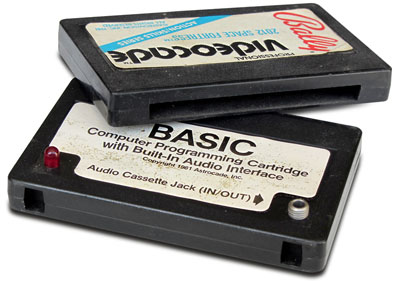 The Bally is definitely a home video game system, it even has three games built-in - Gunfight, Checkmate, Scribbling, as well as Calculator -
but is it a computer? Yes - the BASIC programming cartridge was released in August, 1978. This ROM cartridge contains a version of
Dr. Wang's Palo Alto
Tiny Basic, and a full-size keyboard add-on module was promised.
The Bally is definitely a home video game system, it even has three games built-in - Gunfight, Checkmate, Scribbling, as well as Calculator -
but is it a computer? Yes - the BASIC programming cartridge was released in August, 1978. This ROM cartridge contains a version of
Dr. Wang's Palo Alto
Tiny Basic, and a full-size keyboard add-on module was promised.
In 1980, deciding to focus on casino and stand-alone video arcade machines, Bally sold their Consumer Products Division to AstroVision, Inc., a Columbus-based company that controls E. F. Johnson, the CB two-way radio manufacturer. Johnson had been constructing the Bally motherboard for some time under subcontract. The system is relaunched as the Bally Computer System
At the outset of 1982, AstroVision's right to use the Bally trademark expired, so they changed the company name to Astrocade. The computer system was also renamed as the Astrocade, but Astrocade, the company, eventually ran into financial difficulties, and filed for "chapter 11" in 1984, and the long history of the Bally system came to a close.
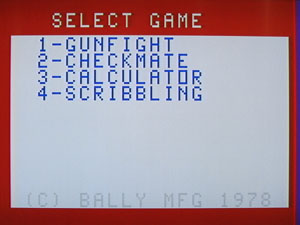
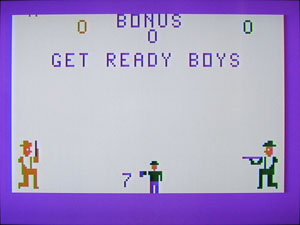
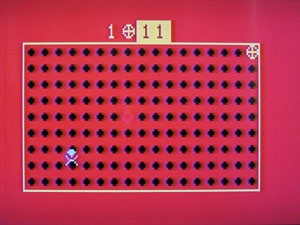
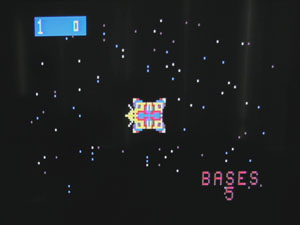
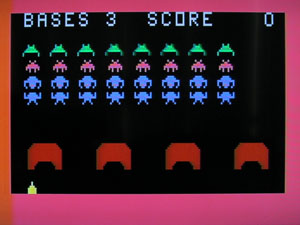
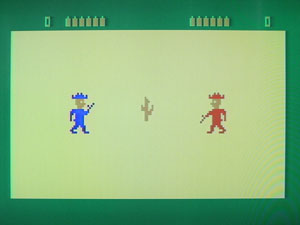
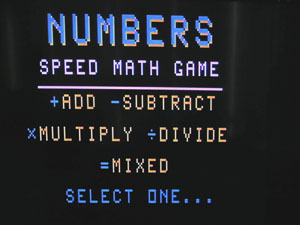
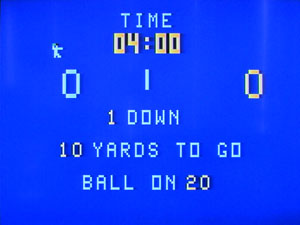
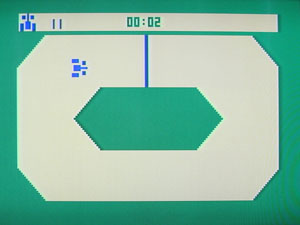
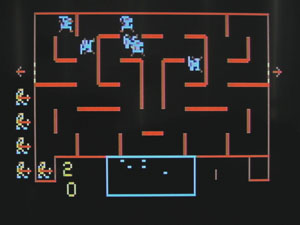
|
Return to the Obsolete Technology Homepage
This page last updated on 09/26/2019 06:03:10
All logos and trademarks on this site are property of their respective owner.